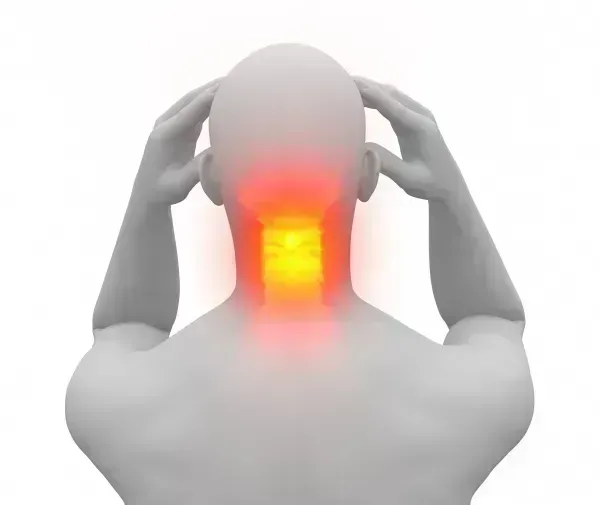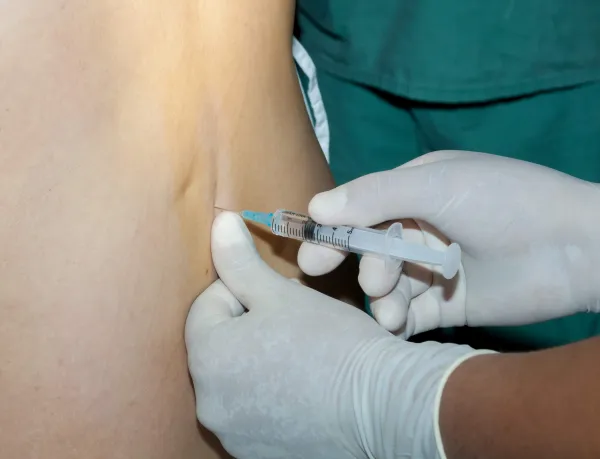Neurology & Pain Management Coding Alert
New Dx Set Expands Spinal Stenosis Options
Do you know what neurogenic claudication is? You’ll need to in 2018.
Summer’s winding down, which means that the World Health Organization (WHO) is winding up its final list of ICD-10 code additions, deletions, and revisions for 2018.
The scoop: What stands out in ICD-10 2018 is a new pair of spinal stenosis diagnoses. Practices need to educate themselves “in advance regarding the new 2018 ICD-10 codes and effective implementation dates to incorporate the needed changes into their practice,” explains Cynthia A. Swanson, RN, CPC, CEMC, CHC, CPMA, senior manager of healthcare consulting for Seim Johnson in Omaha, Nebraska.
And remember, the implementation date for ICD-10 2018 is Oct. 1, 2017. Read on for more information on the changes you’ll need to know so you don’t fall when the new ICD-10 premieres this autumn.
Welcome this Code Pair to Spinal Stenosis Set
There are two changes to the spinal stenosis group of codes.
Added: ICD-10 2018 will feature a pair of new codes in the M48.06- (Spinal stenosis, lumbar region …) family:
- M48.061, … without neurogenic claudication
- M48.062, … with neurogenic claudication.
Previously, you would have had to code neurogenic claudication in lumbar spinal stenosis with M48.06.
Impact: These additions will help you paint a better portrait of your lumbar spinal stenosis patients’ conditions, thereby leading to more accurate treatment and better patient outcomes. ICD-10 2018 “continues to enhance proper diagnosis coding by incorporating greater clinical details and specificity. Terminology and disease classification updates are more consistent with current clinical practice,” Swanson explains.
This ICD-10 change will flesh out the spinal stenosis coding family, which will read on Oct. 1, 2018 (new codes in bold):
- M48.00, Spinal stenosis, site unspecified
- M48.01, … occipito-atlanto axial region
- M48.02, … cervical region
- M48.03, … cervicothoracic region
- M48.04, … thoracic region
- M48.05, … thoracolumbar region
- M48.06-, …lumbar region
- M48.061
- M48.062
- M48.07, lumbosacral region
- M48.08, sacral and sacrococcygeal region.
Look for These Neurogenic Claudication Symptoms
When deciding between M48.061 and M48.062, it will help to know more about neurogenic claudication.
Definition: “Neurogenic claudication is the medical term used to describe the symptom of pain induced by walking,” according to spinal-healthcare.com, which goes on to call the condition “a hallmark symptom of lumbar stenosis.”
For claims on or after Oct. 1, be sure to check for signs of trouble walking in the operative notes for your lumbar spinal stenosis patients. If there is no evidence of ambulatory issues or other signs of neurogenic claudication, you’ll choose M48.061; if the notes indicate the patient has ambulatory issues due to stenosis, however, this could indicate claudication, in which case you’ll need to consider M48.062.
If the coders and the providers work together to implement this change, they shouldn’t have any issues adjusting to ICD-10 2018, experts say.
“All of the changes or additions to ICD-10 codes are designed to be more specific in diagnostic coding,” explains Catherine Brink, BS, CMM, CPC, president of Healthcare Resource Management in Spring Lake, New Jersey. “The important thing to remember is the medical record documentation of the diagnosis is specific, so the coder can assign the correct and current ICD-10 code.”
Related Articles
Neurology & Pain Management Coding Alert
- ICD-10 2018:
New Dx Set Expands Spinal Stenosis Options
Do you know what neurogenic claudication is? You’ll need to in 2018. Summer’s winding down, [...] - FAQ:
Stay Alert to Ace Sleep Apnea Dx Coding
Know what makes sleep apnea obstructive. Practices that treat patients with sleep apnea need to [...] - News You Can Use:
Medicare Conversion Rate Likely to (Slightly) Increase in 2018
… but don’t expect this bump to affect your bottom line much. The Centers for [...] - Compliance:
Pennsylvania Payer Puts Brakes on Modifier 25 Pay
BCBS unveils new policy experts call ‘absurd,’ ‘awful.’ Neurology and pain management practices typically use [...] - You Be the Coder:
Ease Your Dx Coding Pain with Unspecified Code
Question: During the course of a level-four evaluation and management (E/M) service for a new patient, [...] - Reader Question:
Make Friends with G Modifiers for ABN Claims
Question: I am new to coding for Medicare beneficiaries, and I’m still trying to master all [...] - Reader Question:
Know Mild, Persistent Differences for Anxiety Depression Dx
Question: Our provider just seen performed a level three new patient evaluation and management (E/M) service [...] - Reader Question:
Mind Injection Site on Morton's Neuroma Claims
Question: I have a puzzling claim in front of me. Notes indicate that the provider performed [...]




